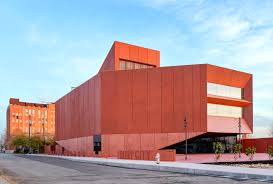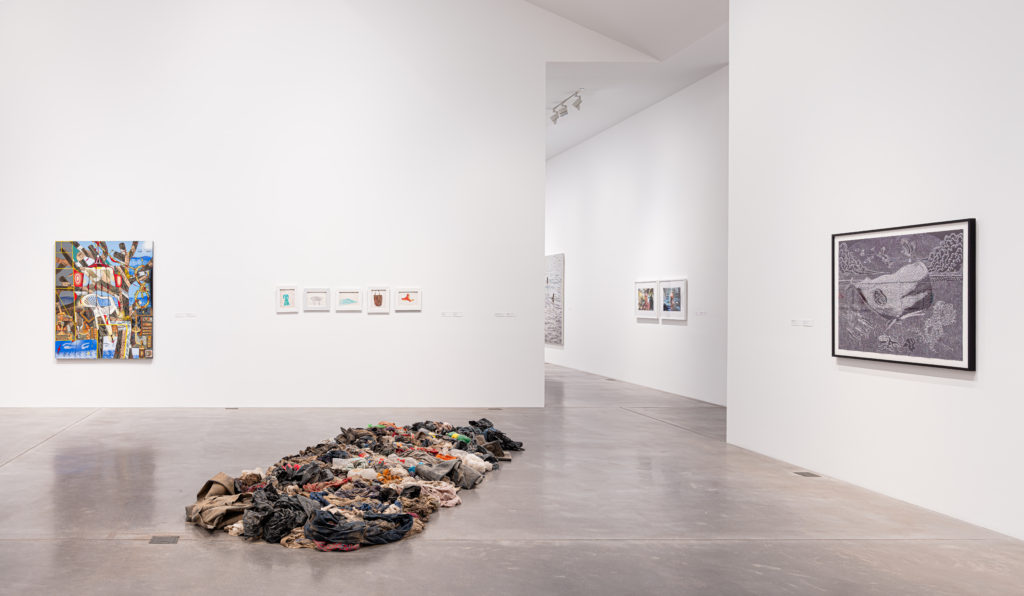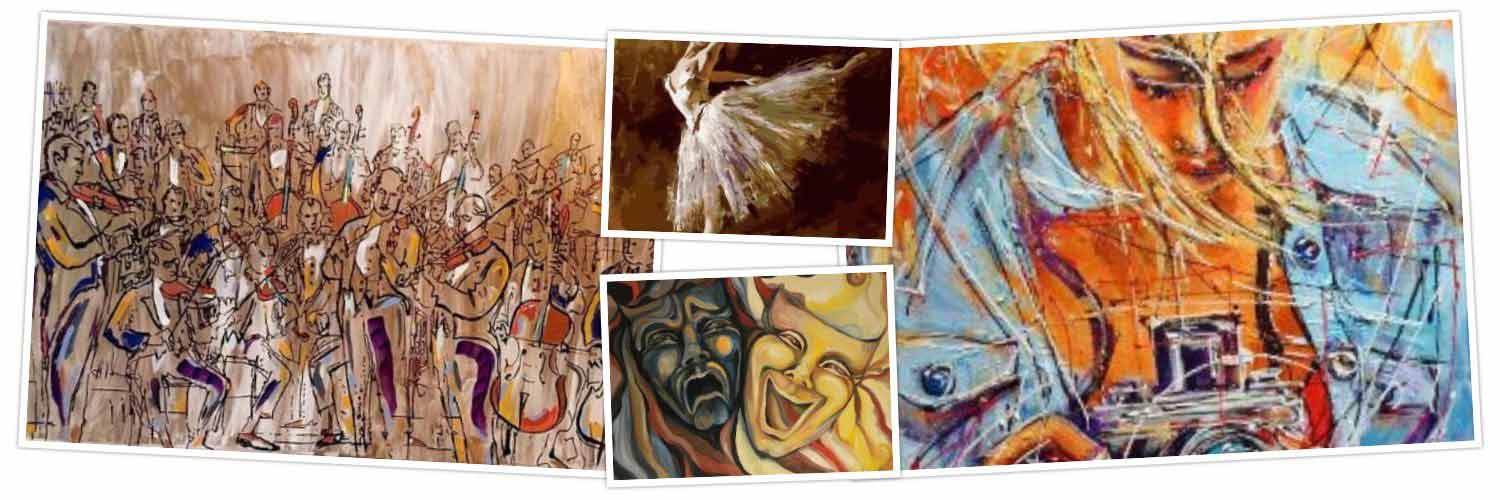A Visit to Ruby City
By Jasmina Wellinghoff, Editor
After several years, we decided to revisit Ruby City, the red museum that Linda Pace built. Some of our readers will remember that Pace – an artist and art collector – hired a prominent British architect, David Adjaye, to design the unusual building – all sharp lines and angles – on Camp Street, near the San Pedro Creek. She had dreamed of a red building to house her large collection and sketched her dream building for him.
Ultimately, the architect translated her dream vision into a contemporary-style architecture.
The current exhibit in the art center “Water Ways” is showing art inspired by water. And it’s a great subject. Water is essential for sustaining life on our planet, and it has been a subject of art for hundreds of years. But in this show, you’ll discover novel ways that contemporary artists look at water. The exhibition was curated by current Ruby City director, Elyse Gonzales. The artists included are an international mix.

Upon entering the upstairs galleries, the first thing you see is a floor installation that is as far from a romantic rendition of water as possible. Artist, Luz Maria Sanchez’s “Riverbank,” created in 2006, during her residency at Artpace, will not convey sea-shore breezes and murmurings of flowing water. Sanchez’s installation consists of a pile of things she salvaged from the banks of the Rio Grande River. What’s arranged on the floor in a large rectangular installation are dirty pieces of clothing, plastic bottles, some with water still in them, personal items of all sorts, the remnants of human experiences. It’s a very effective, disturbing piece.
Across the room from “Riverbank” is another human story presented as an installation. It first looks like an ordinary home interior with tables and chairs and some hanging towels. But suitcases are placed on both ends of this “room” indicating packing and moving. The artist is Mona Hatoum, from Beirut, Lebanon, who now lives in London. Her installation is framed by galvanized steel barriers, and named ”Mobile Home 2.” It encourages the viewer to see refugees, only temporarily in the home. The suitcases are always ready. The work has no obvious connection with water but implies constant movement.

Another work, Joey Fauerso’s ”Utopia 4,”an acrylic-on-canvas large piece, is interested in the more pleasant experience of water. This large painting in black-and-white shows people resting on rocks around a watering hole. According to what our guide said, the scene calls to mind historical examples by male artists who, according to the catalog, painted nude female bathers. In this painting, the individuals resting on stones are not easily identified as either male or female, but there’s harmony among all elements of the picture.
Well, we cannot describe and comment on the whole show, but would encourage viewers to spend a little time trying to discover a connection with the artworks. One piece that we would like to revisit is titled “Swimmers” in the adjacent gallery. It shows several people standing in water relatively close to each other, but with no signs of recognition or communication; faces closed upon themselves.
And there’s a lot more. In a separate space, you can watch Isaac Julien’s film, “Fantome Afrique,” which presents Burkina Faso in West Africa. The multi-screen installation includes photos of various sites, from rural areas to the streets of the capital. Interspersed are clips from the colonial expeditions and pivotal events in African history.
——————————————————————————————————————–
Admission to Ruby City is free; 150 Camp St., 78204. Most of the art comes from the Linda Pace Foundation. The exhibit closes July 28, 2024.; https://www.rubycity.org
